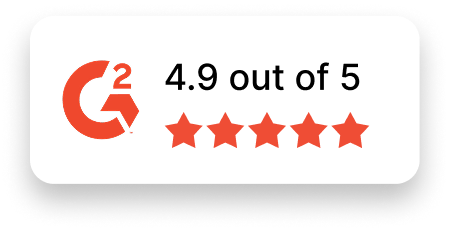Computer Vision Engineer Job Description Template
Use this template to craft job descriptions for hiring Computer Vision Engineers. Tailor it to reflect your organization’s specific goals and technical needs.
Job Title: Computer Vision Engineer
Location: [Specify Location or Remote]
Job Type: [Full-time/Part-time/Contract]
About the Role
We are seeking a talented and innovative Computer Vision Engineer to develop and optimize vision-based solutions for real-world applications. You will play a pivotal role in designing algorithms, building models, and deploying systems that make sense of images and videos, driving our technology forward.
If you’re passionate about solving complex problems, integrating cutting-edge machine learning techniques, and working cross-functionally to create meaningful impact, this is the role for you.
Responsibilities
- Develop and implement algorithms for object detection, classification, and image segmentation.
- Create computer vision models using frameworks such as TensorFlow, PyTorch, or OpenCV.
- Optimize machine learning models for real-time performance and scalability.
- Analyze and preprocess image and video datasets for training and testing.
- Collaborate with software and hardware teams to integrate vision-based solutions into products.
- Evaluate and benchmark algorithms against performance metrics to ensure quality.
- Conduct research on emerging trends in computer vision and propose innovative solutions.
- Troubleshoot and resolve performance issues in deployed vision systems.
- Write and maintain technical documentation, including specifications and testing reports.
- Address security and privacy concerns related to vision-based technologies.
Required Skills & Experience
- Bachelor’s or Master’s degree in Computer Science, Electrical Engineering, or a related field (or equivalent experience).
- Strong experience in computer vision, machine learning, and deep learning algorithms.
- Proficiency with programming languages such as Python, C++, or Java.
- Expertise in computer vision libraries and tools like OpenCV, PIL, or scikit-image.
- Hands-on experience with deep learning frameworks such as TensorFlow, PyTorch, or Keras.
- Strong understanding of image and video data processing techniques.
- Familiarity with GPU programming and optimization using CUDA or similar technologies.
- Excellent problem-solving skills with the ability to debug complex vision systems.
- Proficiency in working with large datasets and cloud-based training environments.
- Effective communication and teamwork abilities to collaborate with diverse groups.
Nice-to-Have Skills
- Knowledge of 3D vision techniques, such as SLAM, stereoscopy, or LiDAR processing.
- Experience with edge AI or deploying computer vision models on embedded devices.
- Familiarity with Reinforcement Learning and its applications in vision tasks.
- Understanding of advanced generative models (GANs, VAEs) for image synthesis.
- Experience with tools like TensorRT or Core ML for efficient deployment.
- Background in robotics, autonomous vehicles, or augmented reality (AR) development.
- Research experience in publishing papers or patents related to computer vision.
Why Join Us?
- Innovative Challenges: Work on cutting-edge computer vision solutions that push technological boundaries.
- Collaborative Team: Join a diverse and supportive team of professionals passionate about innovation.
- Career Growth: Access opportunities for certifications, advanced training, and leadership development.
- Flexible Environment: Enjoy remote or hybrid work options to support your work-life balance.
- Inclusive Culture: Be part of an environment where diversity is valued and all contributions are recognized.
Apply Now
Are you ready to build intelligent systems that see and understand the world? Join [Your Company Name] as a Computer Vision Engineer and help us advance the frontier of what’s possible. Apply today!

